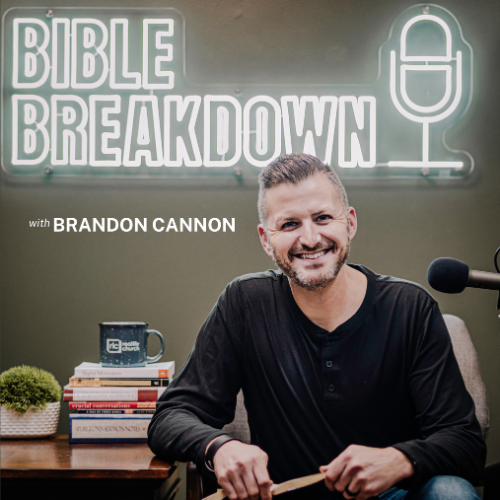
BB Xtra: Mark Up Your Bible
Bible marking is a powerful yet underutilized practice that can transform your scripture reading from passive skimming to active engagement. In a recent Bible Breakdown Extra podcast, we explored practical methods to develop a personalized Bible marking system that deepens comprehension and retention of God's Word. Contrary to what some might believe, writing in your Bible isn't disrespectful—as Pastor Brandon puts it, "The pages are not holy, it's what's written that's holy."
The first and simplest marking technique involves identifying and underlining pronouns throughout the text. This seemingly basic practice forces you to slow down and pay closer attention to who is speaking, who is being addressed, and the relationships being described. When applied to Philippians chapter 1, this technique immediately highlights Paul's personal connection to the Philippian church and his heartfelt expressions of gratitude toward them.
Using symbols to mark references to God brings another dimension to your Bible study. Creating a visual system—like triangles for God the Father, circles for Jesus Christ, and unique markings for the Holy Spirit—allows you to quickly identify every mention of the divine throughout scripture. This practice reveals patterns in how biblical authors refer to different persons of the Trinity and helps emphasize the theological richness of even familiar passages. For example, in Philippians 1, marking every mention of Christ Jesus with circles immediately shows how Christ-centered Paul's message is.
Color-coding takes Bible marking to another level, creating visual pathways through the text that highlight specific themes or elements. Many Bible students use yellow highlighting for passages that particularly stand out, while other colors might be designated for promises of God, commands, prophecies, or references to salvation. In our example from Philippians, promises like "God, who began a good work within you, will continue his work until it's finally finished" can be marked in a distinctive color that makes them easily findable when you need encouragement.
For those concerned about running out of margin space for notes, the Jonathan Edwards method offers an elegant solution. Edwards, the renowned 18th-century theologian, created a numbering system where he would place small notations like "M001" next to verses that prompted deeper thoughts, then record those extended reflections in a separate notebook. This system allows unlimited space for commentary without cluttering your Bible pages, while maintaining a clear connection between your notes and specific passages.
Implementing a personal Bible marking system requires consistency and patience. Start with just one or two techniques rather than trying to incorporate everything at once. Remember that the goal isn't merely to decorate your Bible, but to create meaningful visual cues that enhance your understanding and interaction with the text. Over time, your marked Bible becomes a personal spiritual map, revealing what has been most significant in your journey with God's Word.
The beauty of Bible marking is that it works for any learning style and can be adapted to your specific interests and needs. Visual learners benefit from the color and symbol systems, while those who process information through writing can use the Edwards method to develop deeper thoughts. Combining these approaches creates a multisensory studying experience that engages different parts of your brain, enhancing both comprehension and retention of scripture.
Let’s read it together.
#biblebreakdown
Get this text to you daily by texting "rlcBible" to 94000.
The More we Dig, The More We Find.

